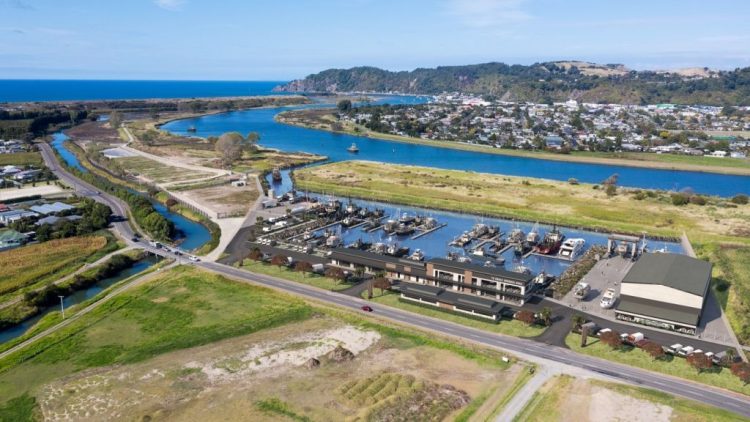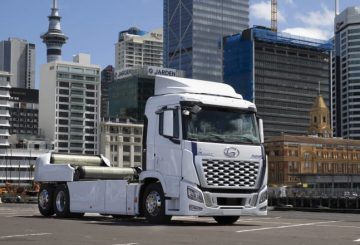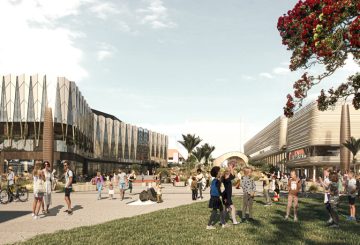Một dự án tái tạo trị giá 36 triệu USD do Chính phủ tài trợ đang được tiến hành tại Whakatāne.
Dự án đã bắt đầu thực hiện trên một bến cảng thương mại mới, đại sảnh quân đội Whakatāne cũ đang được tái phát triển thành một trung tâm du khách và bến Whakatāne được tân trang lại đã chính thức khai trương vào tháng trước.
Bộ trưởng Bộ Phát triển Kinh tế và Khu vực Stuart Nash nói: “Chương trình tái tạo Whakatāne nhằm mục đích tái sinh khu thương mại Trung tâm, thiết lập lại các kết nối với bờ sông và cung cấp cơ sở hạ tầng cần thiết để hỗ trợ phát triển cho các nền kinh tế biển và du lịch địa phương”.
Bến cảng mới, được đặt tên là Te Rāhui Herenga Waka Whakatāne, sẽ cung cấp cho các nhà khai thác thuyền thương mại một cơ sở vật chất tốt hơn và nhiều bến hơn. Những lợi ích kinh tế dự kiến sẽ phục vụ cho cộng đồng, Nash cho biết.
Bộ trưởng Nash và Thị trưởng Whakatāne Judy Turner đã cắt băng rôn vào tháng 8 trên bến cảng được tái phát triển này.
“Ở tuổi hơn 100 năm, không có gì ngạc nhiên khi bến Whakatāne cần một số sự chú ý. Bây giờ công việc sửa chữa và trùng tu đã được hoàn thành, chắc chắn là đoạn cầu tàu này sẽ cung cấp một trải nghiệm cải thiện đáng kể cho cư dân và du khách,” Nash nói.
Hội trường quân đội Whakatāne cũ đã bị phá hủy và công việc đang được tiến hành để phát triển khu vực này thành một trung tâm du khách.
“Thật tuyệt vời khi nhìn thấy sự tiến bộ trên đường đi dạo và trung tâm thị trấn được tiến hành, và tôi rất mong được đến thăm một lần nữa khi quá trình tái tạo bờ sông được hoàn thành. Khi Chính phủ của chúng tôi đầu tư vào các dự án như thế này, đó là bởi vì chúng tôi biết một khu trung tâm đẹp, có chức năng, phù hợp với mục đích có nghĩa là gì cho cư dân và cho khách du lịch mà bạn chào đón ở đây”, Nash nói.
Nguồn hình ảnh: Hội đồng Quận Whakatāne






























































